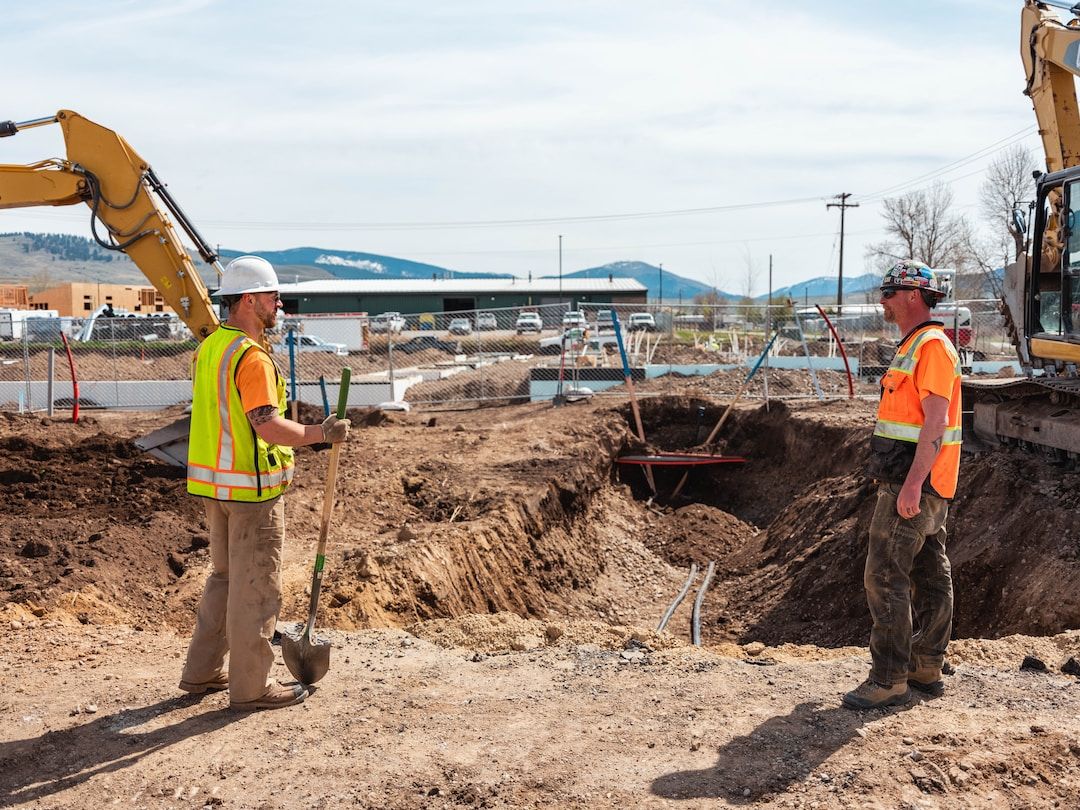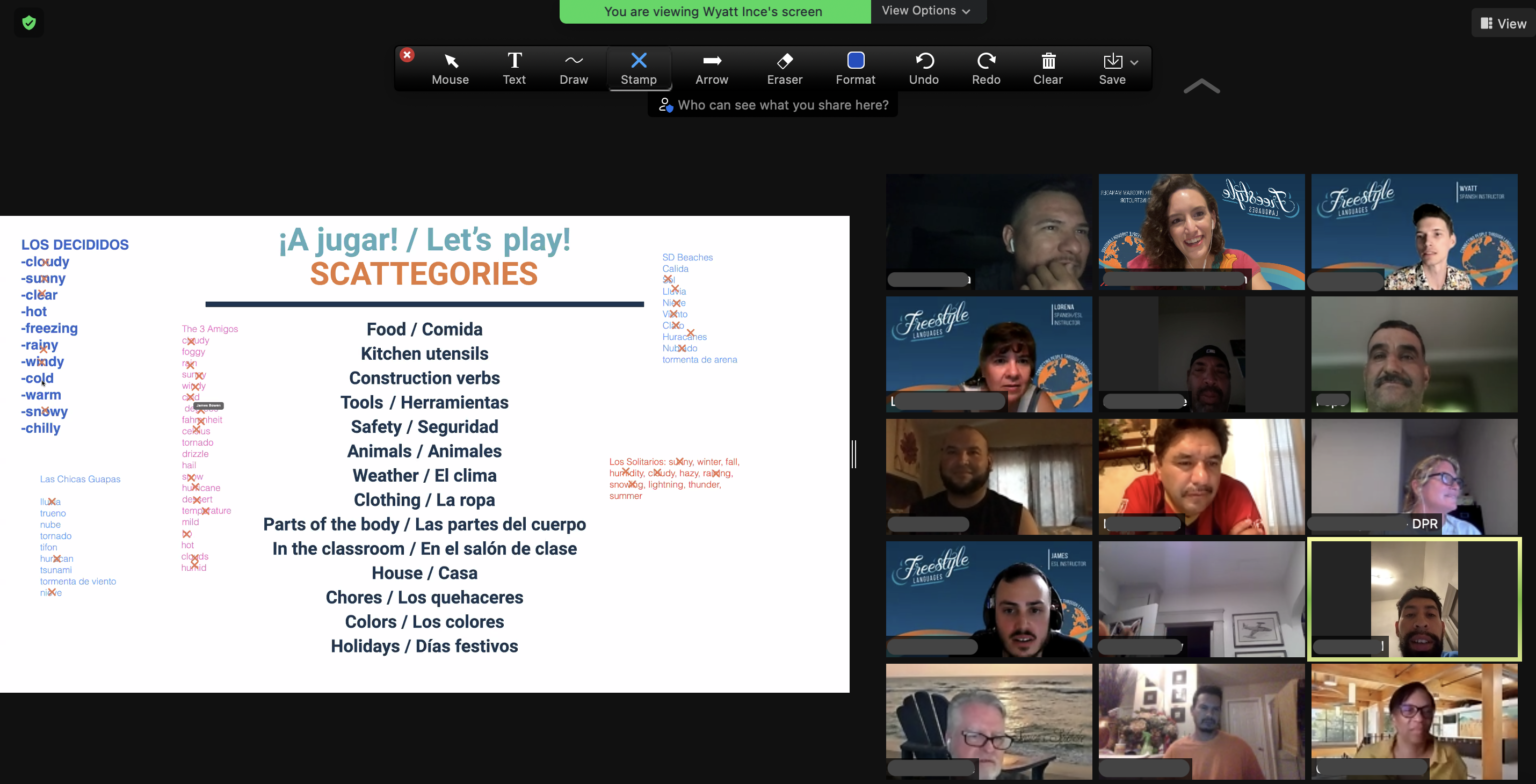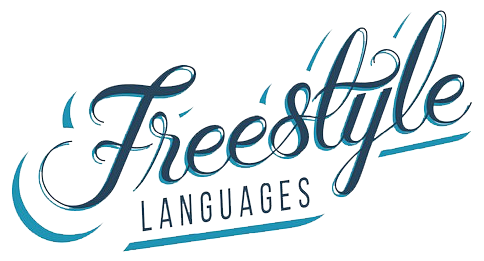Did you know that in the United States, 1% of Americans speak another language they’ve learned at school? Yet consider this from the The 2019 ACTFL study ‘Making Languages Our Business’:
The not-so-great news: The U.S. language gap is massive (i.e., employees who don’t speak each other’s language), and that same study details specific industries with the largest language gap: #1 is Construction, followed by Healthcare, Hospitality and Manufacturing.
The very-good most-excellent news: adults excel at learning languages. (yes, it’s true; our brains are designed for language and connection to others.) And, as you’ll see below, employees at all levels very much appreciate the opportunity to learn.
The best-news-of-all as you consider investing in language: Hard numbers back up investments in L&D and training employees. A recent Accenture study found that every dollar spent on training got a $4.53 return. That’s an ROI of 353%!
- 85% of US employers say they’re reliant on Spanish;
- 90% of U.S. employers demand multilingual talent in their workforce;
- 1 in 4 U.S. employers lost business due to a lack of foreign language skills;
- 54% of employers surveyed in ‘trade’ expect an increase in the demand for foreign language skills on the jobsite in next 5 yrs.
The not-so-great news: The U.S. language gap is massive (i.e., employees who don’t speak each other’s language), and that same study details specific industries with the largest language gap: #1 is Construction, followed by Healthcare, Hospitality and Manufacturing.
The very-good most-excellent news: adults excel at learning languages. (yes, it’s true; our brains are designed for language and connection to others.) And, as you’ll see below, employees at all levels very much appreciate the opportunity to learn.
The best-news-of-all as you consider investing in language: Hard numbers back up investments in L&D and training employees. A recent Accenture study found that every dollar spent on training got a $4.53 return. That’s an ROI of 353%!
The question becomes ‘can you afford to not have a language strategy’?

#1 Recruiting, Higher Employee Retention
2. Safety

Is safety a value for your company? What is the value of knowing that your teams can communicate effectively to promote and improve safety?
The data is alarming: 25% of worksite accidents relate to the language barrier (OSHA).
Furthermore, the fatality rate for Hispanics is 41.6% higher than for non-Hispanics on jobsites, and that rate has been increasing. While language is not the only causal factor, it’s well known to be a big, obvious one.
Additionally, OSHA standards require that businesses overcome language barriers when they train their employees:
“…employee training required by OSHA standards must be presented in a manner that employees can understand… to all of the agency’s agriculture, construction, general industry, and maritime training requirements.”
Of course, this means using an employee’s 1st (native) language if English is too difficult to understand. Some strategies involve a bilingual supervisor which can be helpful on one hand but also limiting on another. There are additional risks involved in counting on one person to communicate, especially in safety training. It’s well-known that LEP (Limited English Proficiency) Hispanic employees, for example, will not indicate that they don’t understand, for fear of job loss.
And this data only speaks to physical safety. Happily, more attention is being paid to psychological safety and suicide rates, particularly in construction.
Lastly, consider the financial impact of decreasing liabilities. Whether in respect to workers’ compensation payouts, hefty fines, or in the case of a medical emergency where language barriers can literally mean life or death, minimizing liability has a direct impact on your bottom line.
What is the value in ensuring that workers can seek help, communicate their concerns, feel connected and cared for, and return home to their families every day?
The data is alarming: 25% of worksite accidents relate to the language barrier (OSHA).
Furthermore, the fatality rate for Hispanics is 41.6% higher than for non-Hispanics on jobsites, and that rate has been increasing. While language is not the only causal factor, it’s well known to be a big, obvious one.
Additionally, OSHA standards require that businesses overcome language barriers when they train their employees:
“…employee training required by OSHA standards must be presented in a manner that employees can understand… to all of the agency’s agriculture, construction, general industry, and maritime training requirements.”
Of course, this means using an employee’s 1st (native) language if English is too difficult to understand. Some strategies involve a bilingual supervisor which can be helpful on one hand but also limiting on another. There are additional risks involved in counting on one person to communicate, especially in safety training. It’s well-known that LEP (Limited English Proficiency) Hispanic employees, for example, will not indicate that they don’t understand, for fear of job loss.
And this data only speaks to physical safety. Happily, more attention is being paid to psychological safety and suicide rates, particularly in construction.
Lastly, consider the financial impact of decreasing liabilities. Whether in respect to workers’ compensation payouts, hefty fines, or in the case of a medical emergency where language barriers can literally mean life or death, minimizing liability has a direct impact on your bottom line.
What is the value in ensuring that workers can seek help, communicate their concerns, feel connected and cared for, and return home to their families every day?
3.Innovate Faster / Enhance Productivity
The ability to innovate ultimately rests on:
These attributes are critical for any high performing team and rank second and third on the World Economic Forum’s top ten list of skills employees will need to thrive in the Fourth Industrial Revolution.
Productivity can also be measured in saved project time. Listen/ watch for yourselves how this Spanish speaker’s new English saved project time.
Interested in learning more about our Language at Work Program? Schedule a Discovery Call Today!
- Team interdependence and the ability to communicate
- Fast decision making
- Creative and critical thinking
These attributes are critical for any high performing team and rank second and third on the World Economic Forum’s top ten list of skills employees will need to thrive in the Fourth Industrial Revolution.
Productivity can also be measured in saved project time. Listen/ watch for yourselves how this Spanish speaker’s new English saved project time.
Interested in learning more about our Language at Work Program? Schedule a Discovery Call Today!
4. Sales & Bottom Line Growth
Consider the most direct impact on revenue. As the saying goes:
“You buy in your own language and you sell in your customer’s language…”
Consider the lost revenue if customers insist on buying in their own language and your sales teams don’t speak the language or understand the cultural norms needed to complete the sale. While some clients may not be explicit about the fact that they prefer to buy in their own language, connecting to people in their own language (which, again, goes with understanding a culture…) is where trust is built.
Exceptional customer service equates to a buyer’s journey that is in most instances a relationship built over time and through trust.
“Indeed, your language strategy must fit with your firm’s value proposition to customers if you hope to penetrate various markets and coordinate among them. You need to consider how to infuse language into your core talent practices in order to deliver that value. Attention and sensitivities to a culture gained through learning a language can mean not only improved internal communication or the difference of a contract or a sale, but they might also mean growth in terms of a successful joint venture or merger.” – Harvard Business Review
“Speak To People In A Language They Understand, It Goes To The Head; Speak To Them In Their Own Language, It Goes To The Heart.” – Nelson Mandela

5. Unlock Opportunities & Build Empathy


